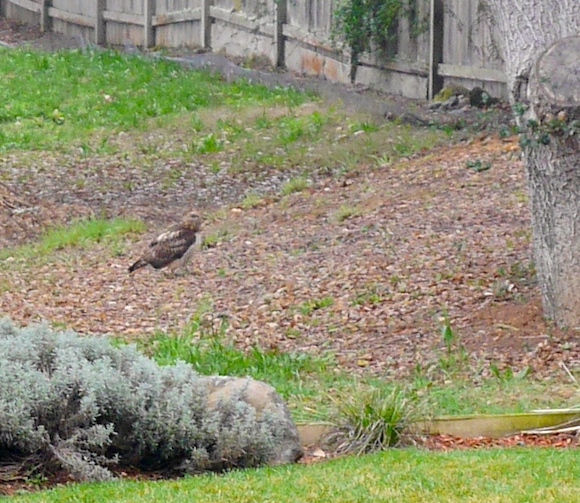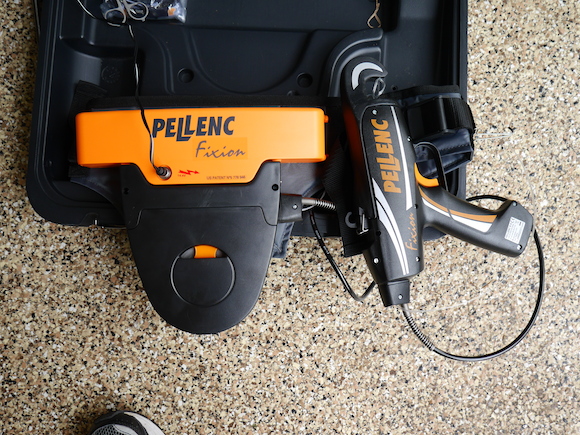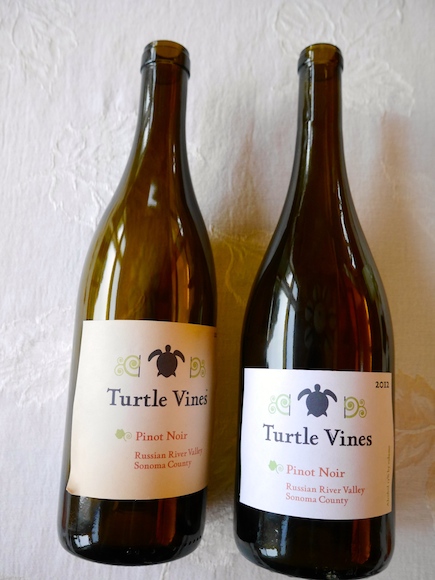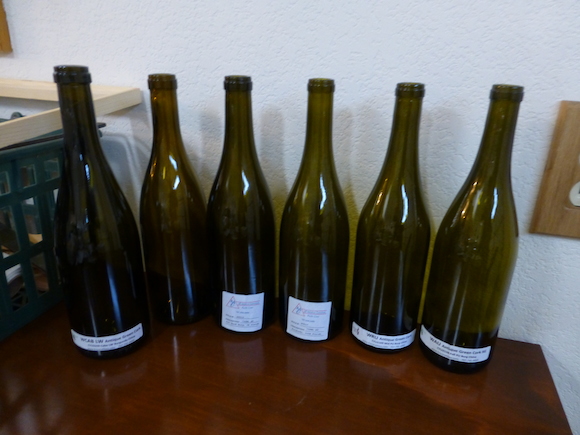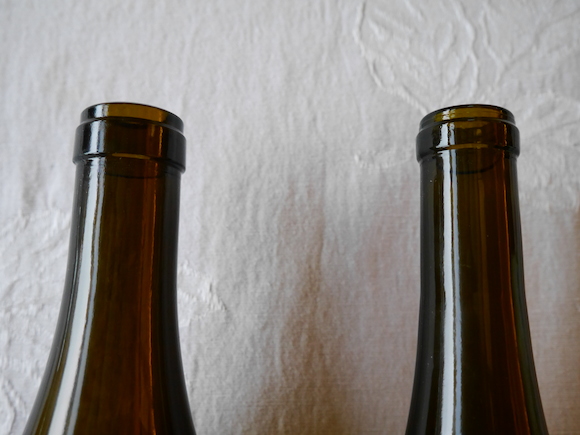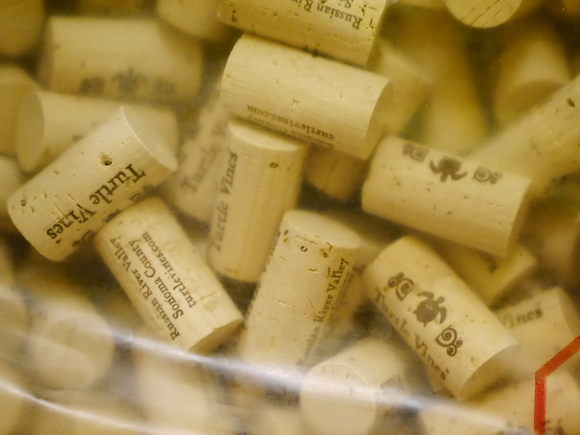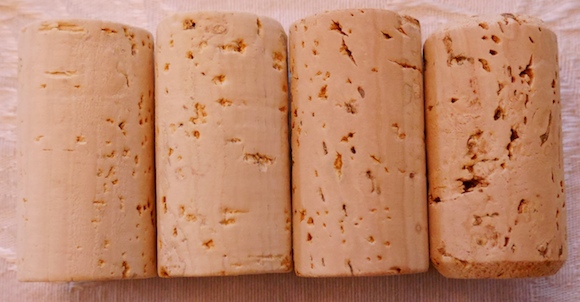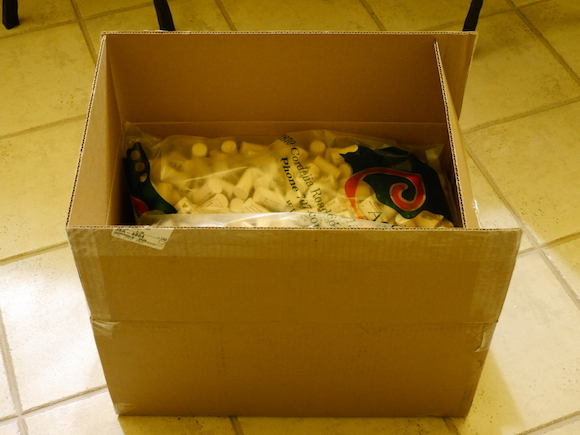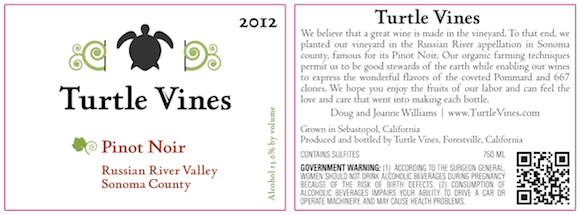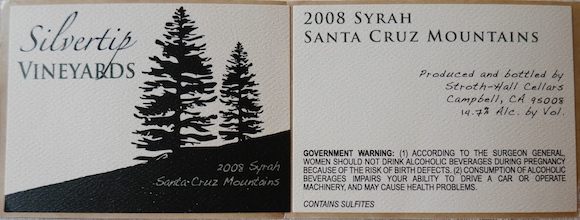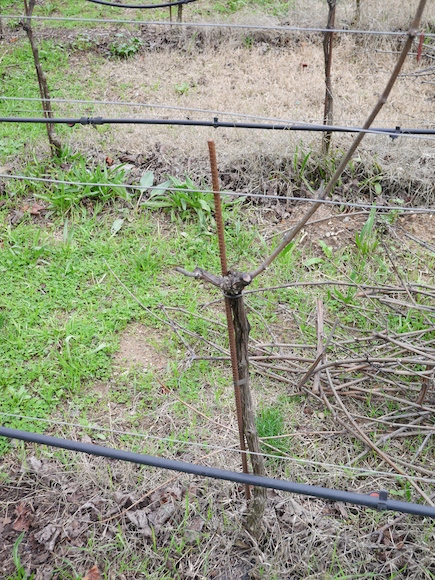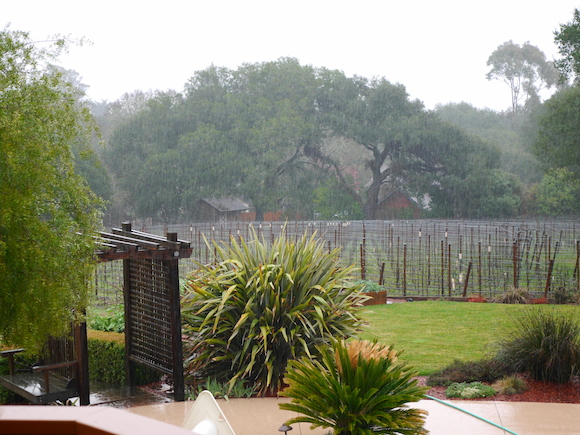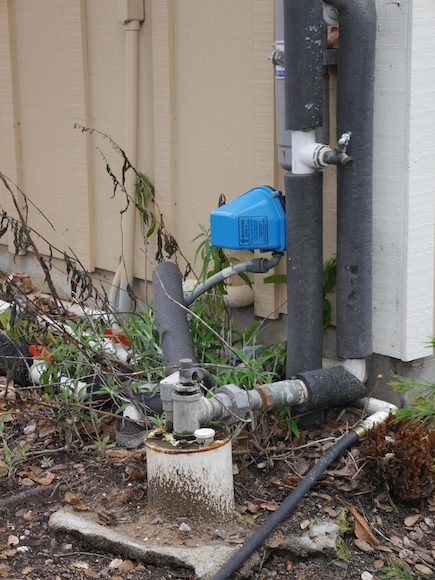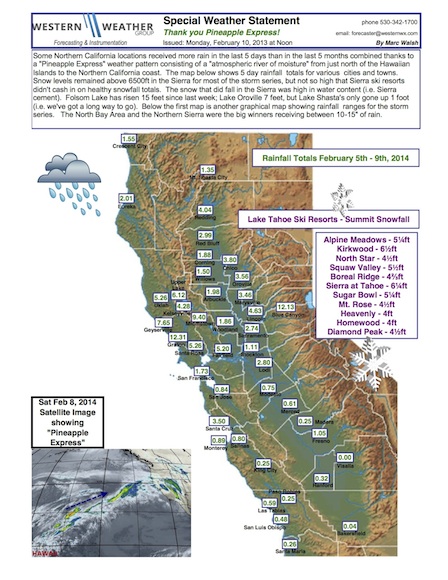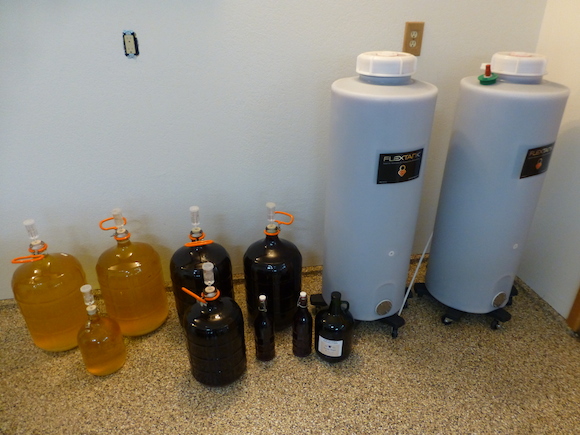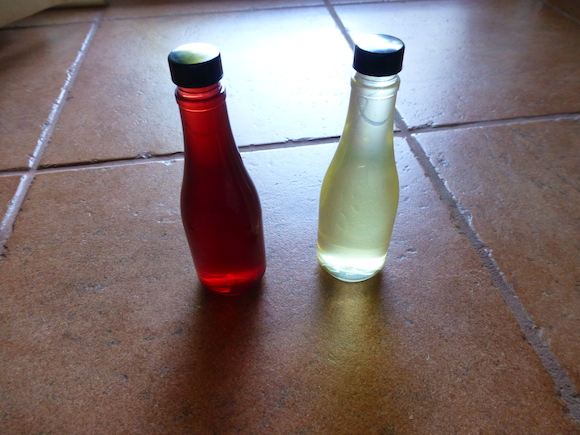Our Hawk is back! What does this have to do with our 2014 Vineyard Plan you ask…well, we want to be good stewards of the land by being organic yet grow the best tasting Pinot Noir possible.
2014 Improvement Activities:
1. Install a second irrigation line to 500 weak vines
2. Prune aggressively for 2014 to push root growth and conserve water intake due to the drought.
3. Water vines until “set”, or until the renewal spurs have grown appropriately.
4. Test petiole’s at bloom and make adjustments
5. Incorporate seaweed concentrate into foliar spraying plan to decrease shatter, increase berry size and grow healthier vines.
6. Vary powdery mildew/botrytis spray plan with Botector and Sulfur, in addition to Serenade, Stylet Oil and Soda.
7. Experiment with removing the basal leaves early in the season to avoid powdery mildew/botrytis.
8. Monitor TA and pH along with brix as harvest parameters.
9. Subcontract out bigger jobs if possible.
